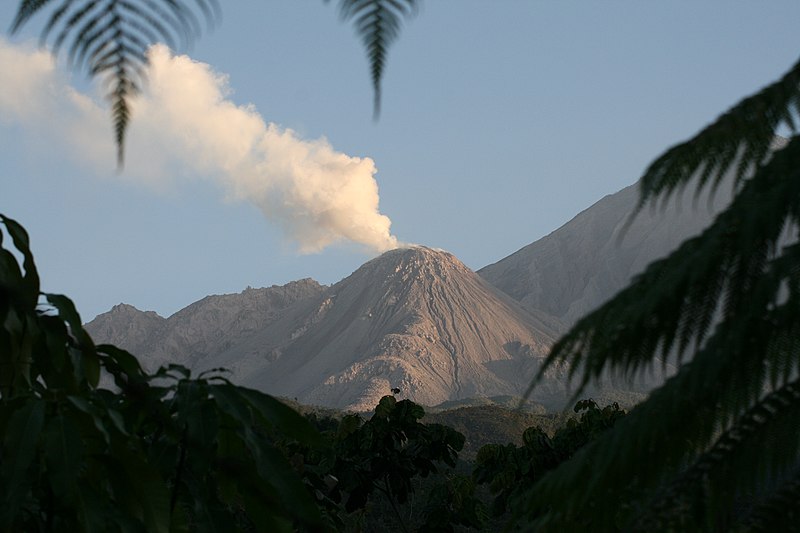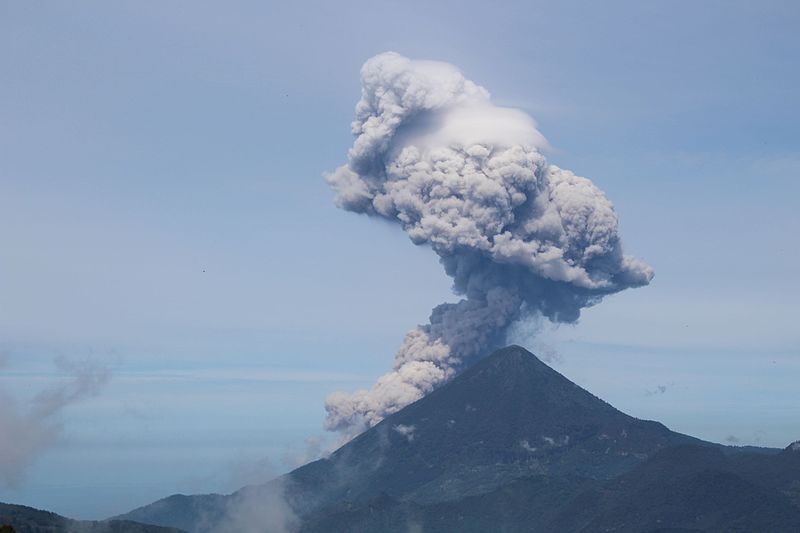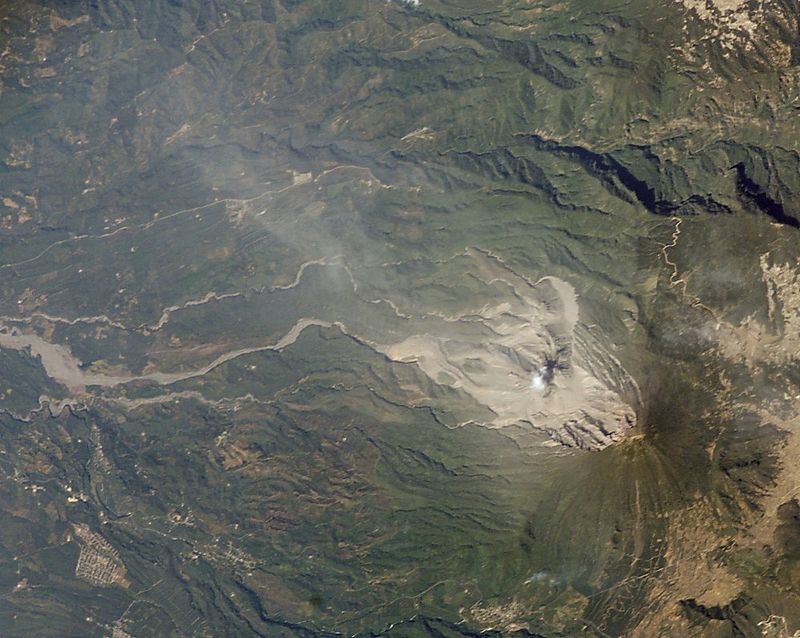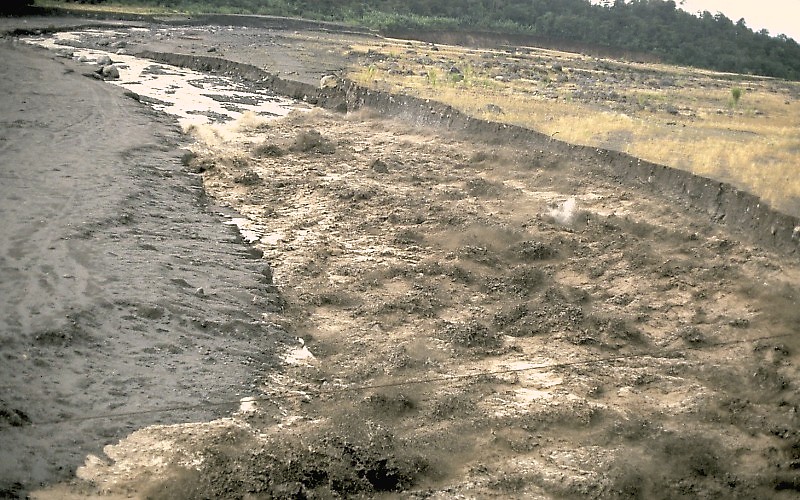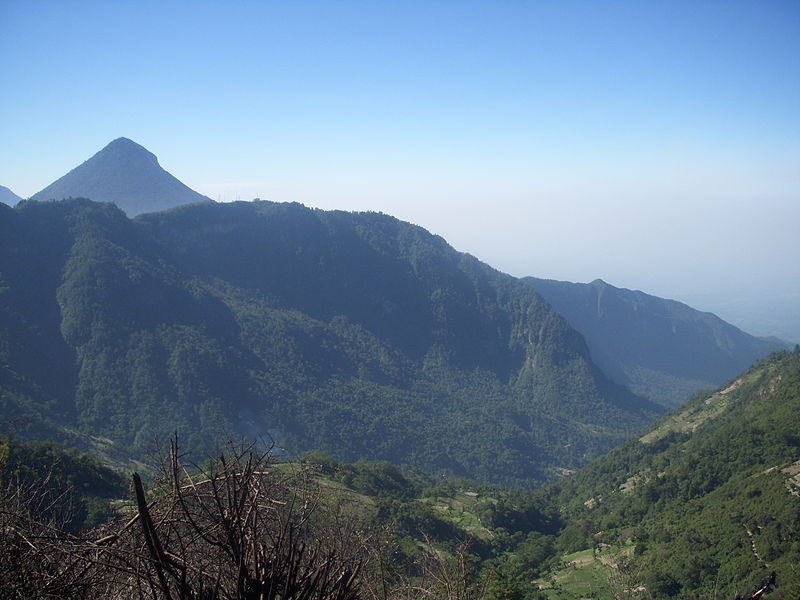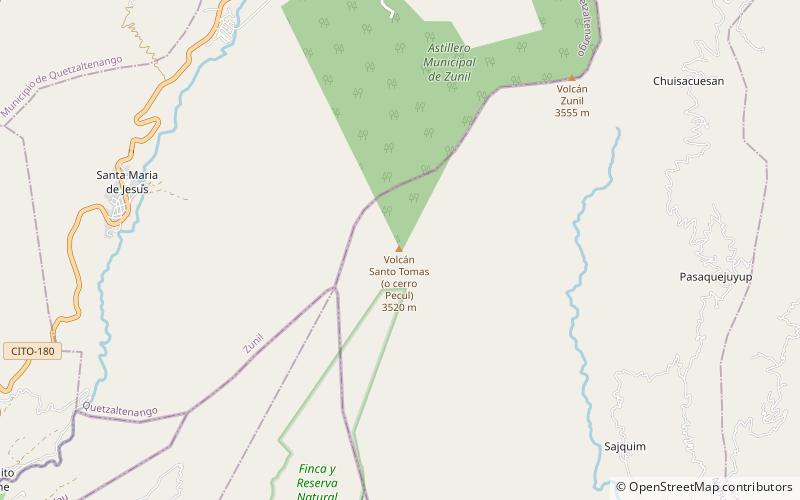Santa María Volcano
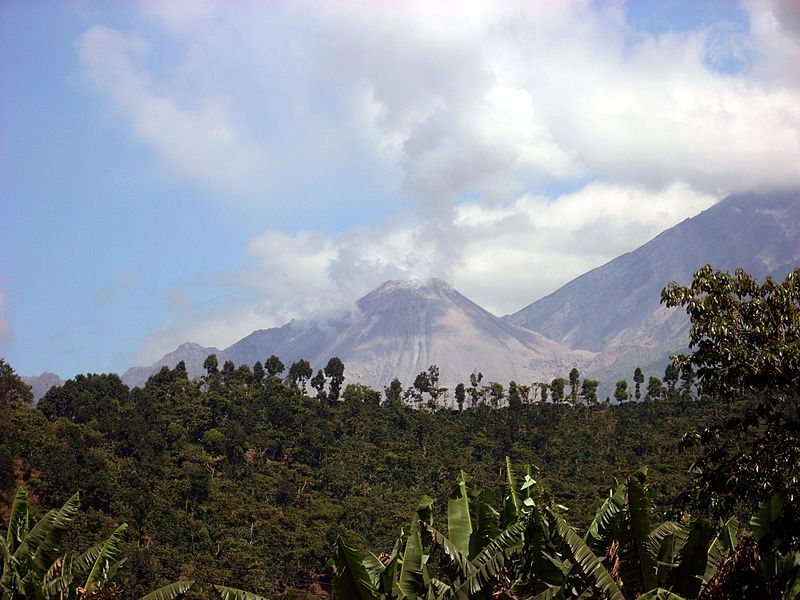
Facts and practical information
Santa María Volcano, towering over the Western Highlands of Guatemala, is a prominent and potent symbol of the raw power of nature. This stratovolcano, reaching an altitude of 3,772 meters, is not just a stunning spectacle but also one of the most active volcanoes in Central America. Its most catastrophic eruption in recorded history occurred in 1902 and is considered one of the three largest eruptions of the 20th century.
The volcano's presence has a significant impact on the surrounding landscapes and communities. It is known for its regular ash emissions and pyroclastic flows, which are closely monitored by local authorities. Despite the potential danger, Santa María Volcano is a popular destination for both tourists and scientists. The challenging hike to the summit rewards intrepid adventurers with breathtaking views of the surrounding volcanic chain and the opportunity to observe the active Santiaguito lava dome at close quarters.
Santa María Volcano is not only a natural wonder but also a testament to the resilience of the local populations, who have adapted to living in the shadow of such a powerful force. The area around the volcano is rich in biodiversity, adding ecological importance to its geological significance. As a result, this majestic volcano continues to captivate the imagination of all who witness its towering peak and the raw beauty of its eruptions.
Quezaltenango
Santa María Volcano – popular in the area (distance from the attraction)
Nearby attractions include: Holy Spirit Cathedral, Teatro Roma, Zunil, Volcán Santo Tomás.


